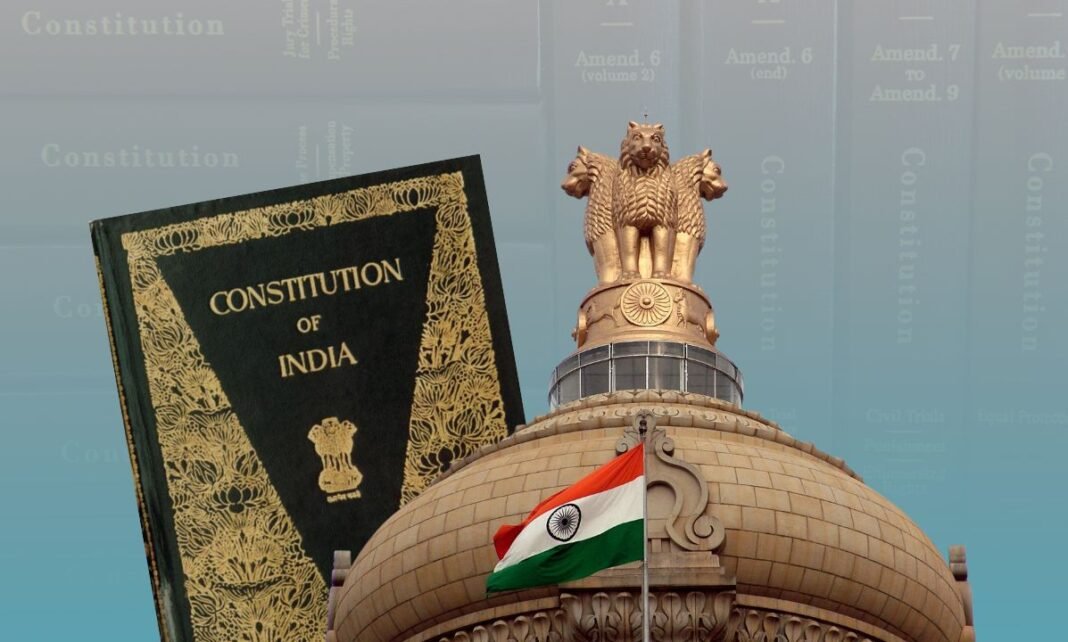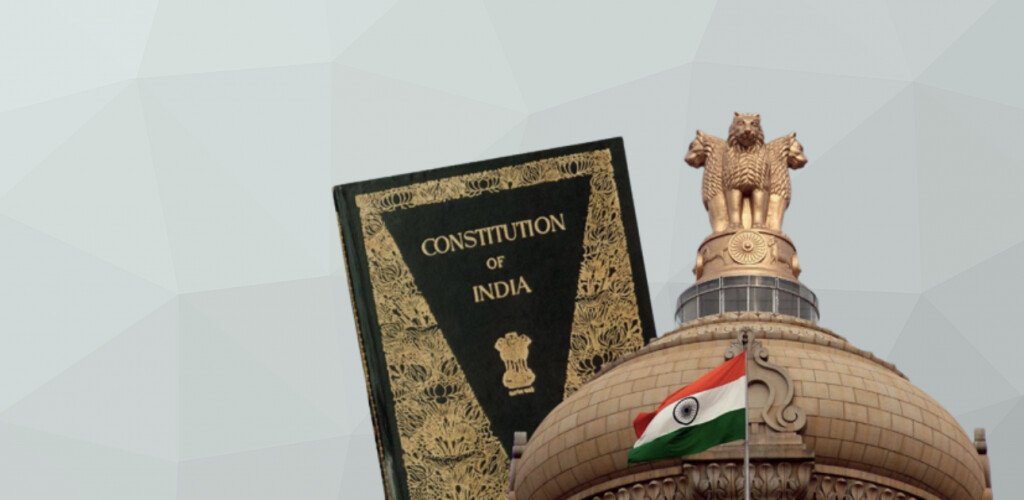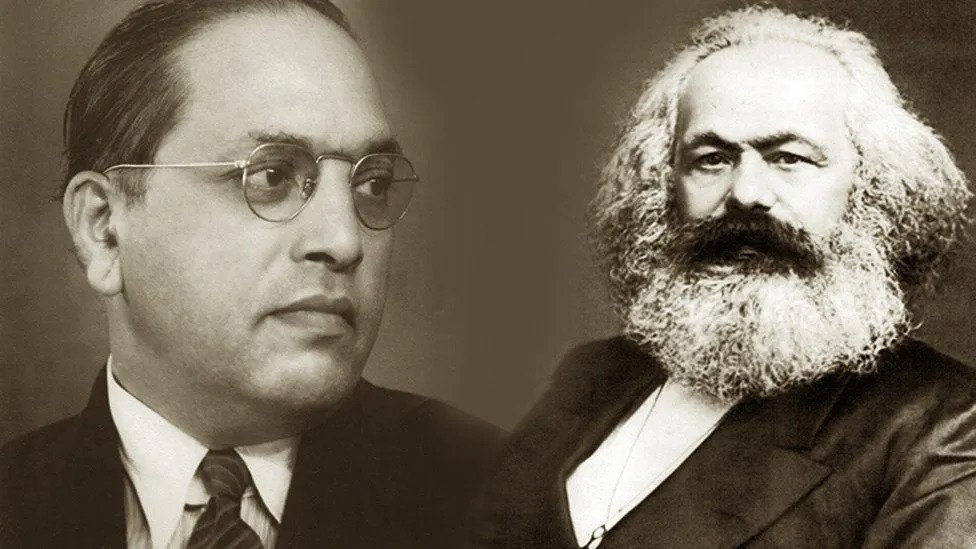By: Salil Saroj
After India attained freedom, the dream of the Constitution makers was to evolve such a viable model of governance that would best serve the nation keeping the primacy of the people as central. It is the farsightedness and visionary leadership of the Founding Fathers of the Constitution which has bestowed the country with an outstanding Constitution that has worked as a beacon for the nation over the last seven decades. The country greatly owes the success of the democratic system to the robust edifice and institutional framework that the Constitution of India has laid down. Our Constitution is a resolve to constitute India into a sovereign, socialist, secular democratic Republic. It is, in fact, a promise to the people for securing them socio-economic and political justice, liberty and equality; liberty of thought, expression, belief, faith and worship; equality of status and opportunity; and to promote among all – fraternity, assuring the dignity of the individual and the unity of the nation. Dr. B R Ambedkar, very clearly outlined the core expectations underlining the various commitments. He said: “Our object in framing the Constitution is two-fold: to lay down the form of political democracy, and to lay down that our ideal is economic democracy and also to prescribe that every Government, whatever is in power, shall strive to bring about economic democracy…”
The Constitution of India lays down a structure for political, economic and social democracy. It underlines the commitment of the people of India for asserting, ensuring and achieving the various national goals through peaceful and democratic ways. It is not merely a legal manuscript; rather, it is a vehicle that steers the nation to realise the dreams and aspirations of the people by accommodating and adapting to the changing needs and realities of the times. Making India, which is Bharat, as a Union of States, equality before the law and equal protection of the laws is the essence of the Constitution. At the same time, the Constitution is sensitive to the needs and concerns of the underprivileged and disadvantaged segments of the society too.
On 29 August 1947, the Drafting Committee was elected by the Constituent Assembly under the Chairmanship of Dr. B R Ambedkar for preparation of a draft Constitution. The Constituent Assembly was able to complete the monumental task of drafting a Constitution for independent India within a period of less than three years-two years, eleven months and seventeen days, to be exact. They produced a fine document, handwritten in 90,000 words. On the 26th day of November 1949, it could proudly declare on behalf of the people of India that we do HEREBY ADOPT, ENACT AND GIVE TO OURSELVES THIS CONSTITUTION. In all, 284 members actually appended their signatures to the Constitution as finally passed. The Original Constitution contained a Preamble, 395 Articles and 8 Schedules. The provisions relating to citizenship, elections, provisional Parliament, temporary and transitional provisions were given immediate effect. The rest of the Constitution of India came into force on 26 January 1950. On that day, the Constituent Assembly ceased to exist, transforming itself into the Provisional Parliament of India until a new Parliament was constituted in 1952.
The Preamble to the Constitution of India embodies and reflects the fundamental values, philosophy and objectives on which the Constitution is based. Pandit Thakur Das Bhargava, member of the Constituent Assembly, summed up the importance of the Preamble in the following words: “The Preamble is the most precious part of the Constitution. It is the soul of the Constitution. It is the key to the Constitution… It is a jewel set in the Constitution… It is a proper yardstick with which one can measure the worth of the Constitution.”
The Constitution is, to use a Latin expression, our suprema lex. It is more than a collection of articles and clauses. It is an inspirational document, an ideal of the society that we are and even the better society we are striving to be. The Constitution of India encompasses in its fold the ideals and values of our civilizational heritage, as also the beliefs and aspirations that emerged out of our Freedom Struggle. The Constitution embodies the collective wisdom of the Founding Father of our Republic and, in essence, it represents the sovereign will of the people of India.
The untiring efforts made by the Drafting Committee of the Constitution along with the distinguished members of the Constituent Assembly, bequeathed us a Constitution which has stood the test of time. They magnificently crafted a unique scheme of governance with a view to not only providing for a democratic form of Government but also for an inclusive society. The very purpose of having such an exhaustive document containing even the minutest details is to infuse certainty and stability into the system. The prime goal envisaged by the Constitution is that of a Welfare State as a prerequisite for dignified human existence and good of all, with accountability as the lifeline.
The Constitution of India which provides for periodic elections ensures democratic transfer of political power from one set of representatives to the other. Over the years, democracy has undoubtedly deepened further in India. Seventeen General Elections to the House of the People and more than three [1] hundred elections to the State Legislatures held so far with increased people’s participation stand testimony to the successful working of our democracy. Undoubtedly, the Indian electorate has displayed maturity that has won it accolades from around the world.
Democracy in India has come of age, and against all odds, we have sustained our parliamentary system. Political stability, over the years, has witnessed the maturing of the Indian electorate and the political system. As the second largest populated country in the world with more than 1.2 billion people, the real challenge is to preserve and protect the numerous identities of the people based on language, religion, region, caste, culture, ethnicity and other factors. The accommodative political system and responsive democratic institutions have fared well in securing unity in diversity and a sense of inclusiveness among the people. In fact, it is our multi-party system that encourages more political participation of the people and is reflective of the diverse and the plural content of the Indian populace.
Political institutions and structures not only reflect the society, they also influence and change it. In this context, Parliament of India plays a direct and conditioning role in bringing about social change and affecting socio-economic transformation. Being the people’s supreme representative institution, Parliament is the lifeline of all governmental activities. Parliamentary activity as a whole – legislating, controlling the finances and overseeing the executive branch – covers the entire spectrum of development. It is on the floor of the House that certain primary processes are set into motion which has the capacity to open the way to orderly changes and innovations in public life. Since in the parliamentary form of government, the Executive is the creation of the Legislature and the Legislature exercises control over the Executive, no Government can afford to ignore the directions given by the Legislature.
Successive governments, through various legislations and policy interventions, have striven to realize the dream of the Founding Fathers of the Constitution to facilitate a Welfare State. As a result, we have achieved much and succeeded in many areas; yet, there are many other areas that still need focused attention. Policy interventions like empowerment of women, special emphasis for education of the girl child, Swachh Bharat Mission, direct transfer of financial and other subsidies, benefits and services to the citizens, increasing banking facilities to the poor and those who were not covered by the banking system, policies and programmes for the benefit of farmers, social security schemes for the marginalised people, etc. will go a long way in realising the dream of the Constitution makers.
Mahatma Gandhi had visualized the new Constitution of India in terms of universal values applied to the specific and special conditions of India. As early as in 1931, Gandhiji had written: “I shall strive for a Constitution which will release India from thraldom and patronage. I shall work for an India in which the poorest shall feel that it is their country in whose making they have an effective voice: an India in which there is no high class or low class of people, an India in which all communities shall live in perfect harmony. There can be no room in such an India for the curse of untouchability. We shall be at peace with the rest of the world neither exploiting nor exploited…. This is the India of my dreams for which I shall struggle”.
The Constitution empowers the people as much as the people empower the Constitution. The framers of Indian Constitution very well realised that a Constitution, no matter how well written and how detailed, would have little meaning without the right people to implement it and to live by its values. And in this, they placed their faith in generations that would follow. (The author is a Legislative Officer, New Delhi. He can be reached at salilmumtaz@gmail.com)







